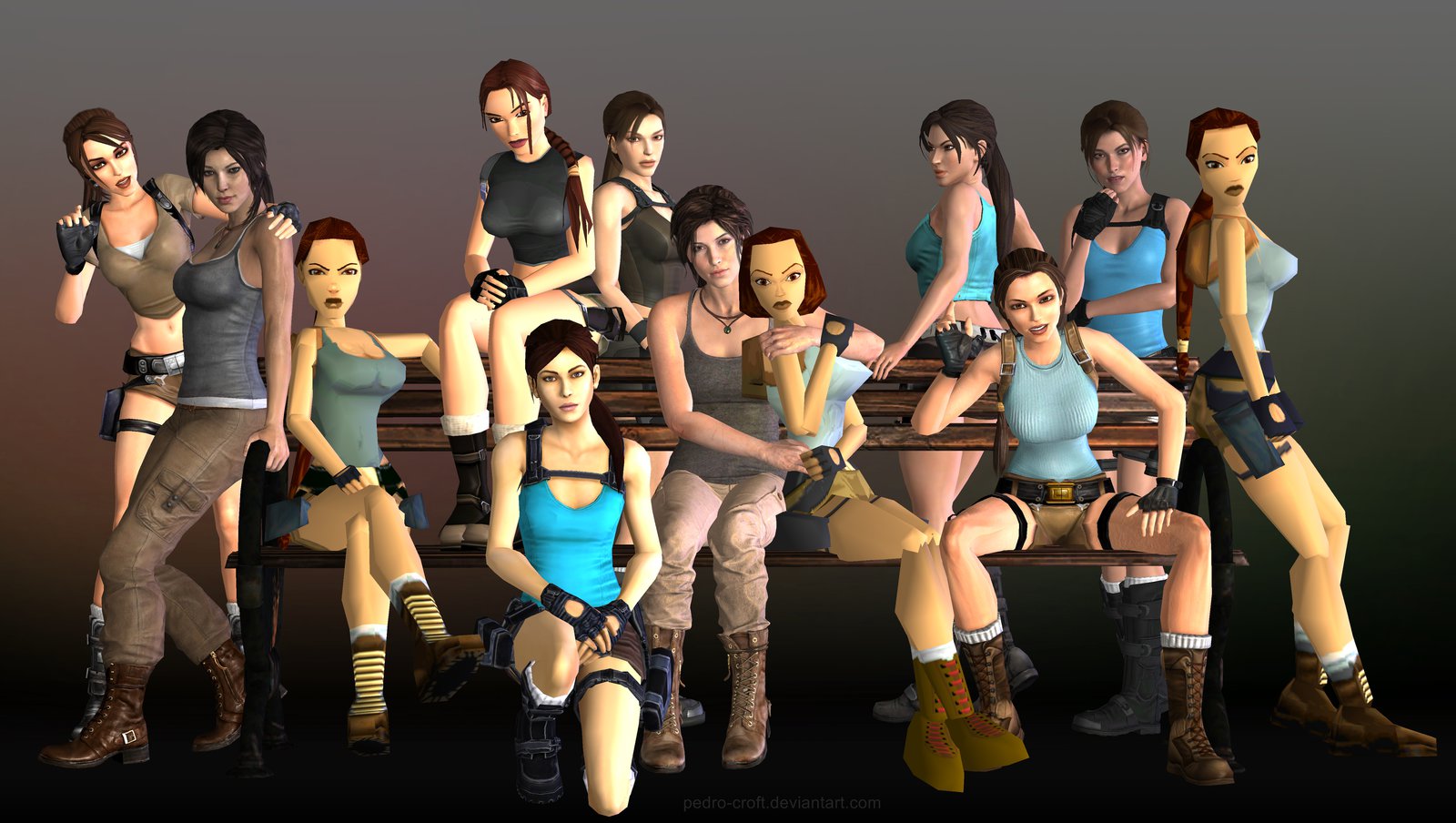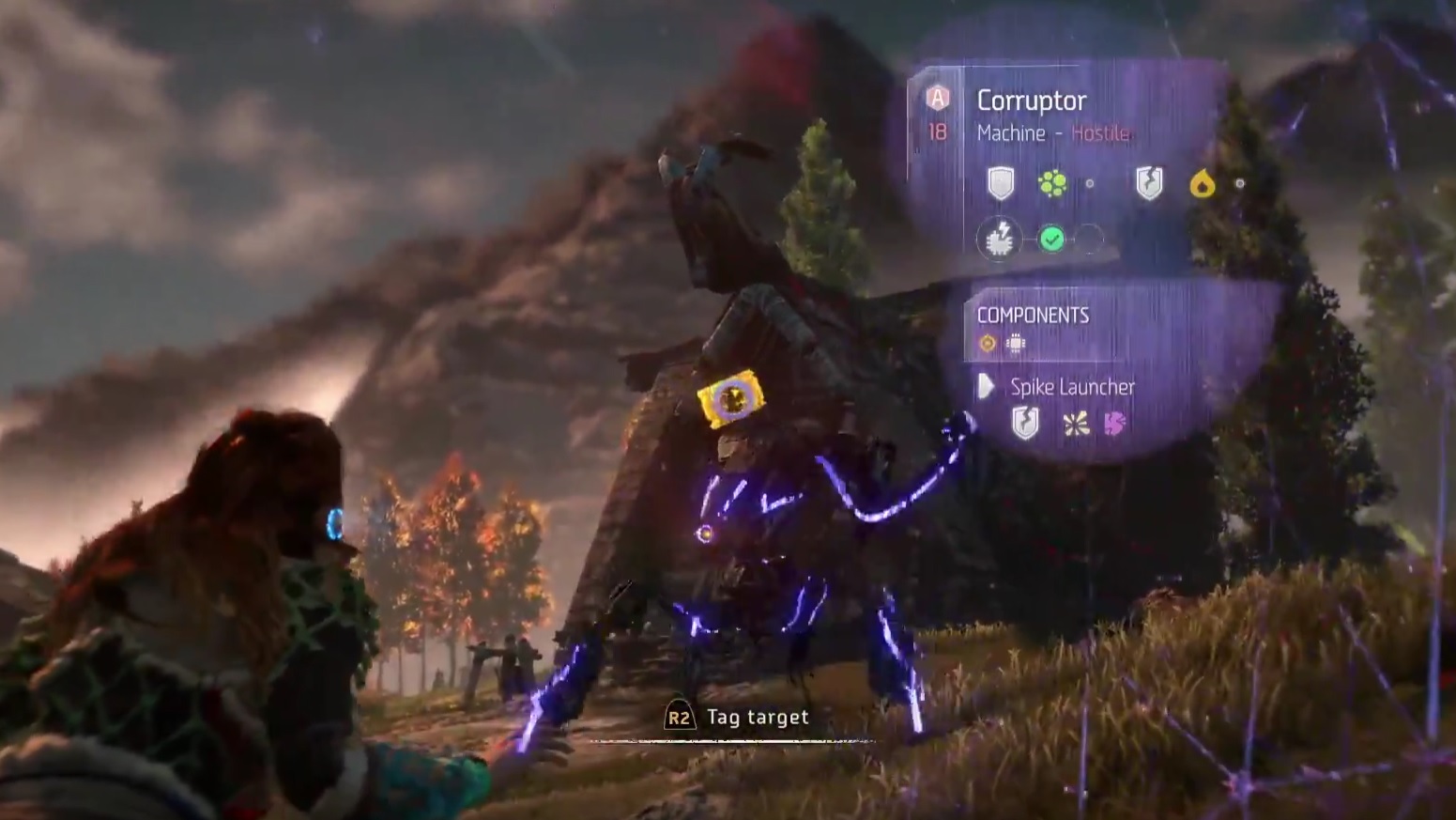There’s a frequent argument for the improvements, the
progression of female representation in videogames, from Tomb Raider which is praised for a more realistic representation of
the female body, to the improvements of female representation (as lead and
playable characters) within Gone Home,
Her Story and Life is Strange.
Yet even in the supposedly progressive games the interactions of these female
protagonists are still constrained by gender norms that still restrict these
women to be supportive rather than having a spotlight solely on them.
For today we’ll be focusing on Tomb Raider to broach some of these notions of advertised
‘progressiveness’ against that of what’s actually in the game.
The biggest indication for equality as promoted by the
developers and reviewers was the more realistic body image. Although certainly
a nod to ‘realism,’ especially when contrasted with previous Tomb Raider games a more realistic
looking character can still be sexually
objectified, and does not make a game inherently progressive. In some ways
it restricts the ability of objectification in the game but this offers no
counter argument to the male gaze that pervades Tomb Raider.
By male gaze the perspective of the camera instantly
provides a perspective of Lara Crofts sexuality. In the midst of Lara’s most
harrowing scenes, from frowning from falling, from being impaled, the viewer is
invited to see Lara as primarily a sexual object and not someone in fear of
their life. The added extended death scenes further promote such exploitation
of Lara’s pain and anguish as desirable for the player in that each type of
death is specifically animated for the gratification of the player. There is
added context in the suffering of Lara, without failing a task the player has
no means of accessing it, and so is encouraged to in the process of a game, to fail
to see these deaths.
The above video showcases a particularly nasty case of in-game
failure and strongly suggests further sexual violence against Lara. The game
doesn’t address this scene at all which makes its inclusion and later lack of
commentary one that doesn’t progress any discussion of sexual violence, and if
anything normalises apathy towards it. This scene aside there are plenty of
others which are gory for the sake of gore and visual spectacle rather than for
character progression or storytelling techniques.
Such added content can be explained away as padding or
necessary for such a game (in the words of Ron Rosenburg executive producer of
the game ‘you want to protect her,’). These deaths are necessary to emphasise
the death that surrounds Lara on all sides. However, in providing such graphic
deaths and attention to detail in these scenes the emphasis seems to establish
that Lara’s suffering is meant to be entertaining for the audience. The inclusion of these graphic deaths does
more to take away from Lara Croft’s independence and promotes that Lara
naturally cannot take care of herself.
Moving away from such discussion of deaths and the
accompanying male gaze on Lara the next area to examine is how well the
narrative represents Lara Croft, and other female characters as autonomous
beings without succumbing to gender performativity (mainly being support roles).
Using the Bechdel test
Tomb Raider escapes from being labelled solely a masculine tale since the
female characters do talk about something else besides men. However, looking at
the narrative many of the movers and shakers of the story rely on the presence
of men. That’s not to say that there’s no need for men in the story, rather the
narrative relies on normative conventions that have men as the primary force.
So,
let’s review:
- Lara Croft explores the isle of Yamatai as it was one of the last things Lara's father wished her to discover. Although this provides a good motivation for Lara to go to Yamatai island, it might have been more autonomous to have Lara exploring due to her own interests rather than accomplishing her dead father’s will.
- Lara Croft is saved a number of times (sinking ship, attack by cultists, frostbite and jumping on helicopters) by her father figure Captain Roth. Roth is ultimately killed because he saves Lara too many times. Having Lara saved once may have been enough, but three times makes Lara seem more than inept in the wilderness.
- Lara Croft’s villains are primarily bad dudes (Mathias, and Whitman). The big bad is revealed to be a female spirit, but she is largely characterised as a big ol’ ghost rather than a character with any depth. Having Lara’s enemies as something a bit more diverse than opiniated white guys, may be a step in the right direction.
- Lara Croft’s best friend, Sam, is found by the end of the game to be a vessel for an empress (and so de facto royalty). Sam needs to be rescued to keep her being possessed by undead royalty by Lara – Sam otherwise serves no purpose other than a motivation to keep going further. If Sam provided some gameplay value (such as Alex in Half Life 2 or Elizabeth in Bioshock: Infinite) then her role would be much stronger.
- Lara Croft rewards one of her companions, Alex the IT guy, with a kiss for heroically failing to grab tools for the other members of the crew. Alex seems to be redundant in the game and in the narrative as someone who shouldn’t at all be on a trip to explore a forgotten island. Removing this character and scene completely would improve the game immensely, or alternatively apply Alex with a bit more character than IT guy who fails to do one job.
The only other female character beside Lara and Sam is
Joslin Reyes who, provides no gameplay help, and offer only negativity to any
plans of escape or survival for the group. Only at the end does she change her
mind based on the urging of the other (male) members of the crew and helps Lara
to go rescue Sam. Also, the game
highlights Joslin’s femininity with the fact that she is a single mother.
Now all of these points can be argued as pointing Lara to
becoming self-sufficient and turning into the rugged and independent woman that
she appears to be in other Lara Croft games. But such claims appear to do more
to hide weak characterisations of women, and to defend the game from criticism.
From asking such questions and analysing Lara Croft as something which can be
improved the game and representations of women can be made much better.
Comparing these characterisations against that of the
previous Crystal Dynamics game Tomb
Raider Underworld, Lara Croft can be seen as more self sufficient.
In the above video Lara is seen to be independent to the
extent that when her friend Zip refuses to drop his weapon (under a
misapprehension about Lara) Lara calmly shoots him in the leg to prevent the
situation from escalating. Although a bit extreme (to say the least) it’s a pragmatic
way of dealing with the problem at hand. Through this action Lara Croft
identifies herself character that deals with no nonsense to resolve problems.
Later her hacker best buddy Alister Fletcher, dies to Lara’s
evil Doppelganger, and sure she morns him, but she doesn’t give him a kiss ala
2013’s Tomb Raider. She ruminates
about his fate and resolves to figure out what’s happening with her
doppelganger. Also, not that it should need mentioning having an IT guy at
Croft manor makes a lot more sense than in the middle of the jungle. The added
kick arse ability to shoot willy nilly at everything and not have extended
death scenes for failing some quick time events also makes Underworld empowering of Lara – she’s supposed to win, there’s no
reward for death.
From this comparison it already seems that Underworld portrays Lara in a much
stronger light than in the Tomb Raider of
2013. Rise of the Tomb Raider 2015 is
a somewhat better game but does not reach the same levels of independence and
kick arse-ness that was displayed in Underworld.
All of this is not to say that there are not female
representations in games, especially with the recent release of Uncharted: The Lost Legacy, more so the
point is that even within videogames that are supposedly progressive there is
more that can be done to both improve the narrative and gameplay, alongside the
representation of women.
.png)








